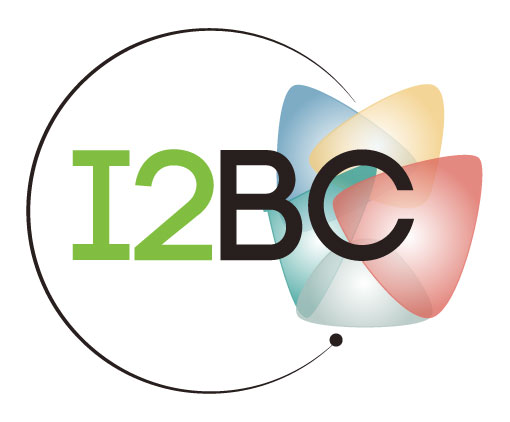Intracellular calcium carbonate biomineralization in $Cyanothece$ sp. PCC 7425
Résumé
Cyanobacteria are Gram-negative photosynthetic bacteria that historically have been linked to
bacterial carbonate biomineralization, a process involving the precipitation of carbonate
minerals made thermodynamically possible by metabolically active bacteria. The recent
discovery of intracellular calcium carbonate formation in cyanobacteria has raised numerous
questions about the mechanisms underlying cyanobacterial biomineralization. Traditionally
believed to occur exclusively extracellularly, this process has now been observed intracellularly
in specific cyanobacterial strains.
This project aimed to investigate the function of ccyA, a candidate marker gene for intracellular
calcium carbonate formation (iACC), in Cyanothece sp. PCC 7425 through overexpression,
deletion, and repression. The overexpression experiments of ccyA indicated a potential link
between pH changes in growth media and Ca2+ uptake in Cyanothece sp. PCC 7425. While
overexpression did not impact growth, it increased extracellular pH, usually an indicator for
extracellular biomineralization. However, whether the changes in pH and Ca2+ uptake affected
the formation of intracellular calcium carbonate granules remains to be investigated.
For deletion, the modern CRISPR/Cas12a system successfully deleted two CAX genes used as
technical controls in Cyanothece sp. PCC 7425, establishing the system as a valid method for
genomic modification. However, complete chromosome segregation of ccyA deletion was not
achieved, indicating that ccyA might be crucial for Cyanothece sp. PCC 7425 survival. Partially
segregated mutants obtained can still offer valuable information on ccyA and intracellular
biomineralization in future experiments.
For repression, a CRISPR/dCas12a (CRISPRi) system was utilized. Experiments aimed at
repressing nblA, a reporter gene, in Cyanothece sp. PCC 7425, did not produce a noticeable
phenotype, likely due to physiological differences in Cyanothece sp. PCC 7425 as compared to
model cyanobacteria used in previous research with nblA as a reporter. It could also be due to
limitations in the inducibility of the CRISPRi system, with Cyanothece sp. PCC 7425 lacking the
ability to import the inducer, IPTG.
Overall, this study provides a foundation for further exploration into the role of ccyA in
intracellular biomineralization and offers insights into optimizing genetic tools for studying gene
function in Cyanothece sp. PCC 7425
Domaines
Sciences du Vivant [q-bio]| Origine | Fichiers produits par l'(les) auteur(s) |
|---|

